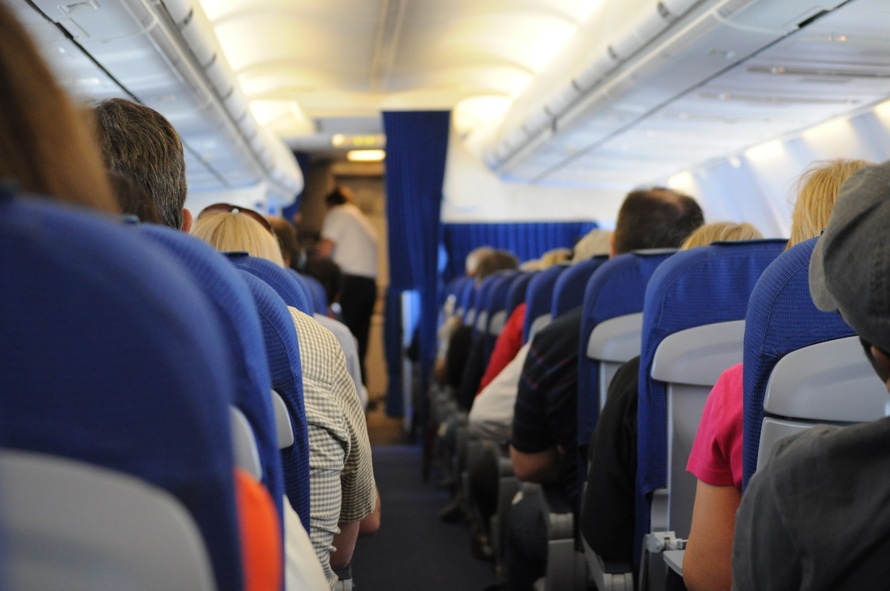My trip to CLT from JAX started off typical: cramped, hot, and teetering on the brink of late. We boarded on time, but the plane was small. Everyone had seats, but there wasn’t ample space for luggage. No worries; I had a window seat and we’d be taking off shortly.
The baggage, and people, found appropriate homes and we braced to push back. After all, that’s what happens when the door shuts and everyone is buckled up. Except, we didn’t.
Before I could make a mental moan about being delayed, I noticed a steward shuffling down the aisle with something in his hands; a tray. This wasn’t a particularly special flight. Nor was it abnormally long. But the steward was serving us un-iced water in plastic cups. I couldn’t fathom why we were being served anything. It didn’t matter, though. I was thirsty and welcomed the refreshment with a smile.
Not two minutes later the captain announced that we’d be delayed roughly ten minutes. Something about needing the proper amount of fuel. I wasn’t paying attention, I was sipping my water. It was the first time in my life I didn’t hear an audible grumble from anyone around me. Nobody, including myself, complained out loud. I was shocked. This man silenced an entire plane with a tray of water by preemptively serving a refreshment before we realized we’d be delayed.
It could have been his intuition: he knew what he’d like in that moment so he offered it to us. Or maybe it was good training by United Airlines. Maybe the captain told him to do it. Or it could even be a standard protocol. But I doubt it.
This was the same guy who walked down the aisle, prior to our descent, asking individuals which connecting airport they were headed to and giving them gate numbers. It would have been easier for him to announce the lengthy list over the PA. But he didn’t do that; he made it personal. And, for me, memorable.
I’m not saying this would work in every scenario. Nor am I saying that a bottle of water is all it takes to improve customer service. Or that people didn’t complain in their heads or under their breath. What I’m saying is that people like this steward, who recognized patterns and used empathy to head off passengers’ inevitable discomfort, can make delays significantly more tolerable.
What patters can you stick to or shatter to create a greater experience? And how can you train your people to use empathy to recognize them?
And one thing I (intentionally) neglected to mention: these actions cost an additional $0.

